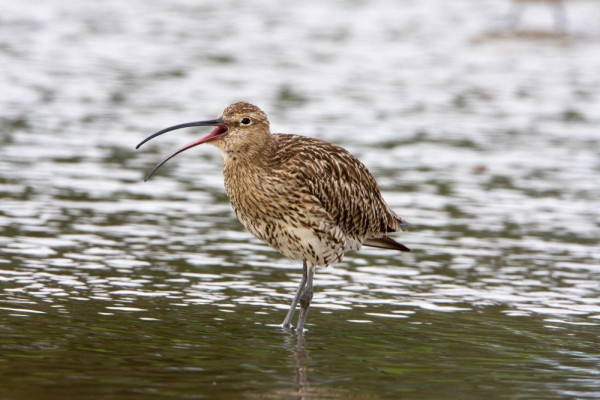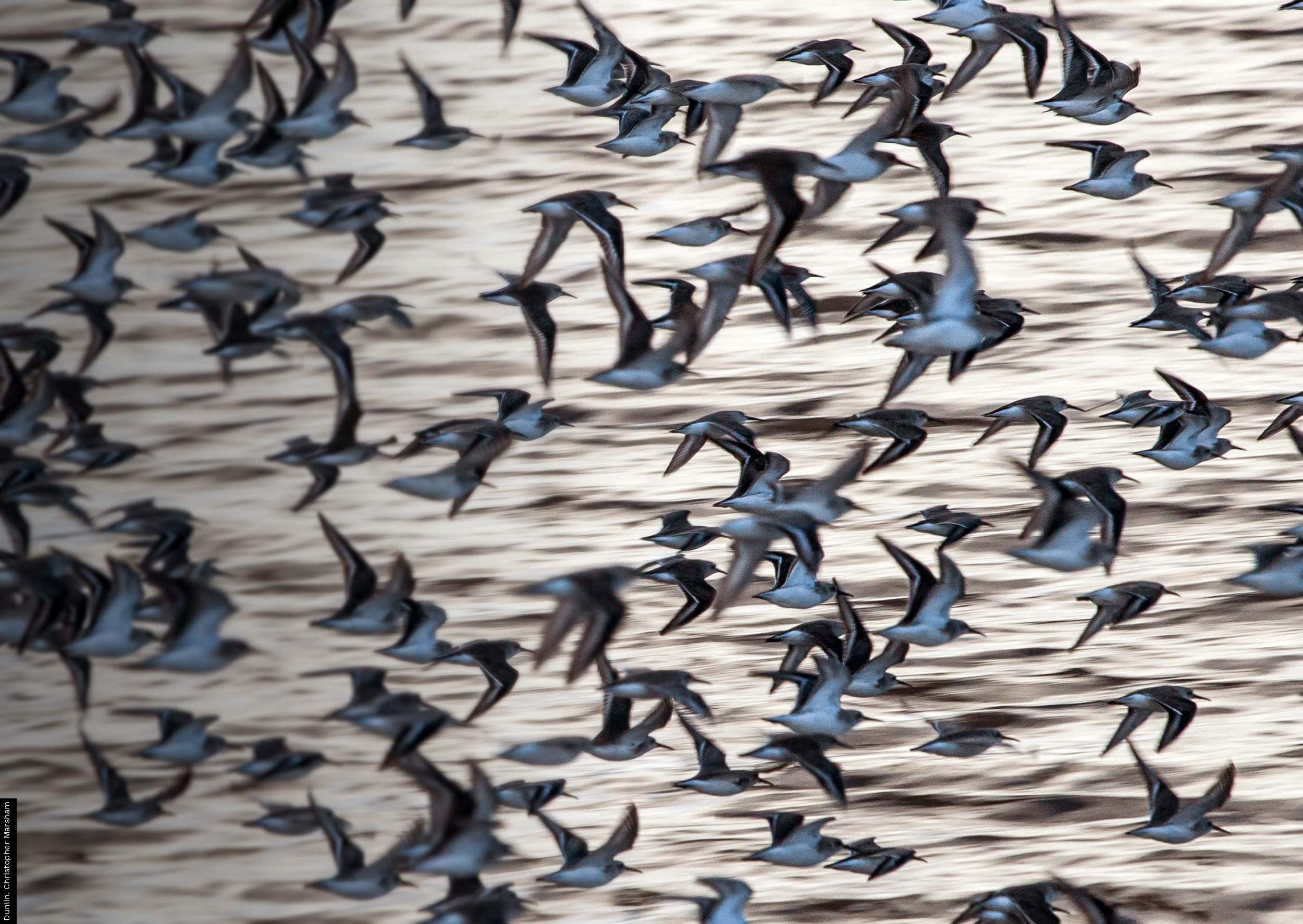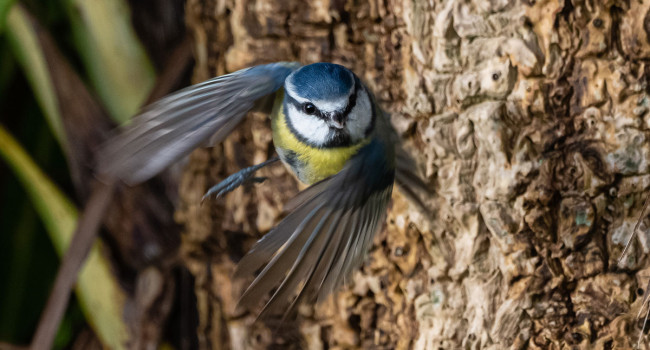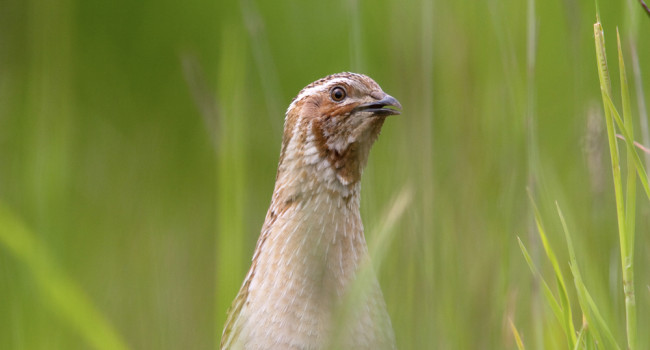New project to unravel how waterbirds use the Severn Estuary
14 Jan 2016
We’re asking birdwatchers to look out for colour-ringed and dye-marked waders and ducks on and around the Severn Estuary.
We're working with the Wildfowl and Wetlands Trust on a project to understand more about the home ranges of three species of waders (Curlew, Redshank and Dunlin) and a range of duck species on the Severn Estuary between Newport and Cardiff. As part of this work the Redshank and Curlew have been colour ringed and Dunlin and some ducks marked with yellow dye. In addition we have put state-of-the-art tracking devices on some of the Curlew, Redshank and Shelduck, which is giving us fascinating information about how birds use the estuary through the winter during both the day and the night. Work is ongoing, with the aim to mark more birds of these species and additional duck species during January and February.
The work is funded by Tidal Lagoon Power, to provide high quality scientific information for the environmental impact assessment for a proposed tidal power lagoon (Tidal Lagoon Cardiff), and to inform their conservation and biodiversity programme - the Ecosystem Enhancement Programme (EEP).
If you see any colour ringed or dyed birds when you are birdwatching either on the Severn or elsewhere, we would be very grateful for any sightings of these birds. We are particularly interested in any records of birds with yellow dye. Birds of different age have been marked on different parts of the body so please record the location of the dye and, if possible, the total number of birds in the flock, the date, time and location (ideally including a six-figure grid reference) alongside sightings of colour-marked birds.
Any records of colour ringed birds on the Severn would also be extremely valuable and we will give all observers information on the history of any colour ringed birds.
We are very keen to follow up any records quickly and would be grateful if you could phone the BTO on 01842 750050, or email Emily Scragg (emily.scragg@bto.org) with any records of colour-marked waders as soon as possible. Please email duck records to Ed Burrell (Ed.Burrell@wwt.org.uk).
Please pass on this information to any of your birdwatching contacts who may be interested in recording these birds.
Further detail of the marking schemes is provided below:
- Redshank have yellow over white colour rings on the left tarsus (below the "knee"), and a colour over a metal ring on the left tibia (above the "knee"), plus two colour rings on the right tibia.
- Curlew have orange over white colour rings on the left tarsus, a single colour ring on the left tibia, the metal ring on the right tarsus and two colour rings on the right tibia.
- Dunlin adults have yellow dye on the breast, while first-winter Dunlin have yellow dye on the undertail/flanks/rump.
- Shelduck have yellow dye on the normally white plumage on the neck/upper breast.






Share this page